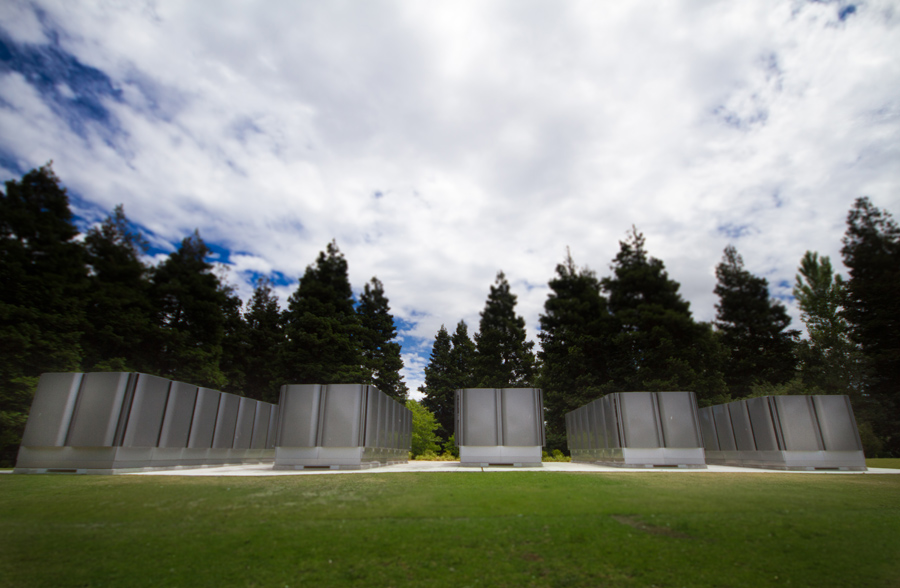The U.S. Environmental Protection Agency’s (EPA’s) plan to regulate carbon emissions is just the latest challenge facing the U.S. electric power system. Technological innovation is disrupting old ways of doing business and accelerating grid modernization. Earlier this year, AEE released Advanced Energy Technologies for Greenhouse Gas Reduction, a report detailing the use, application, and benefits of 40 specific advanced energy technologies and services. This post is one in a series drawn from the technology profiles within that report.

A fuel cell generates electricity by electrochemical reaction, converting the chemical energy in fuel into electricity without combustion. It relies on the same principle as a battery except that the reactants are fuel and air (or pure oxygen), as opposed to the chemicals stored in a battery. Most fuel cells utilize hydrogen as fuel, with water and heat the only byproducts. With natural gas the main source of hydrogen widely available, fuel cell power plants also contain equipment for “extracting” hydrogen from natural gas through a process called steam reforming. Other fuels that have been used with fuel cells include biogas (e.g., from landfills or anaerobic digestion), and for transportation or portable applications, methanol, ethanol, and even gasoline and diesel. Fuel cells are efficient uses of fuel for electricity generation, especially compared to onsite diesel or gas generators, with conversion efficiencies approaching 60%.



